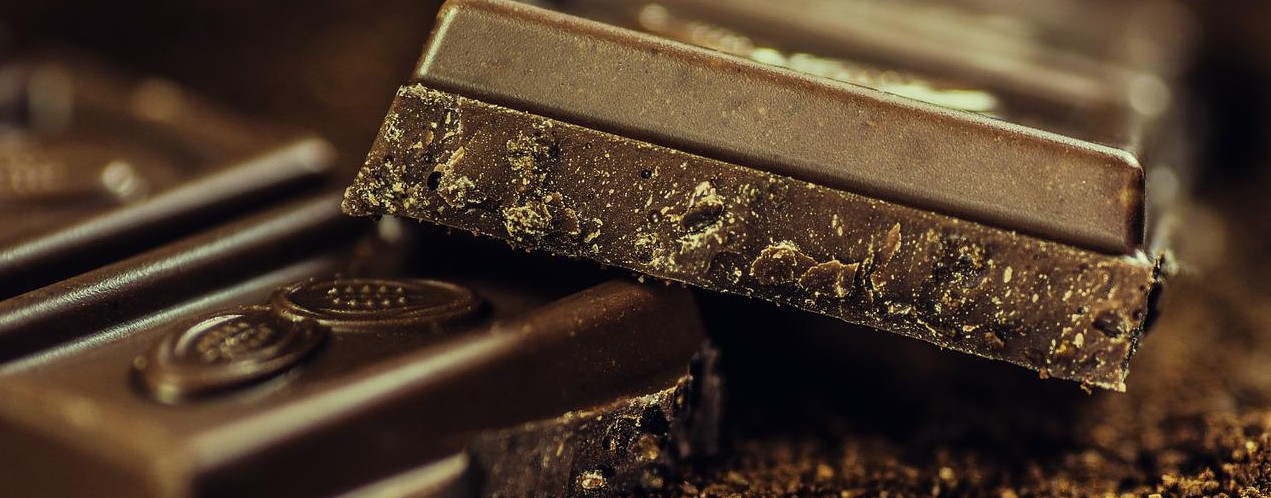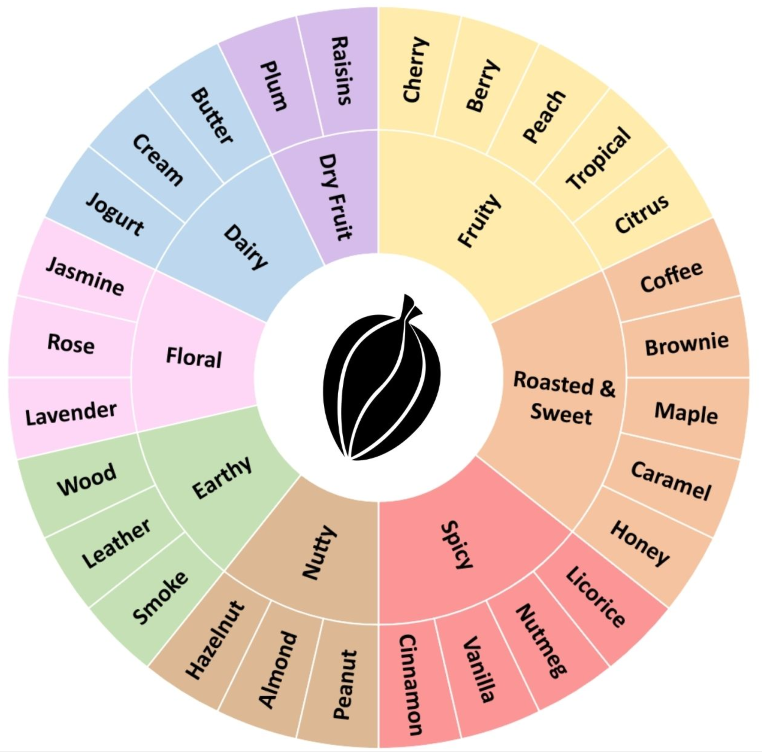
The taste of cocoa beans
As I mentioned in Chocolate tasting I., we should first know what we are going to look for in chocolate. I write this on several blog posts that the taste and quality of chocolate is determined solely by the nature of the cocoa beans used. And it is their taste that we will look for during the tasting! And since you probably don’t have a regular supply of cocoa beans at home, I recommend starting with their purchase. Try to buy quality, even if I don’t have much illusions about commonly sold beans. For a basic orientation, aim for an origin from South America, certainly not from Africa.
Now when we have cocoa beans, we can roast them. We simply throw them unpeeled on the pan and roast them. We have to stir them regularly so that they roast from all sides and don’t get burned. No need to roast too much, just make the beans darker.
And why all this? Firstly, the taste and aroma stand out by roasting, and secondly, beans are also roasted in the production of chocolate, so we get the same raw material.
Roasting will also make it easier to peel the beans from the skin. It cannot be eaten, although in practice it still has some use – the shells can be use to make a tea. You can try!
Now we can finally taste the roasted cocoa beans, which are the basis of every good chocolate.
Cocoa beans are not tastable in themselves, they do not provide such a variety of flavors and aromas as finished chocolate. After all, if this was the case, chocolate would not have to be made and only beans would be sold. However, it is important to know their taste so that we can recognize this basic raw material in chocolate and recognize it from other components of chocolate – sugar, vanilla, nuts, etc.
Own chocolate tasting
So now we finally – after two and a half blog articles – get to a chocolate tasting. We can break two or three squares at once so that we have more material in mouth. We don’t bite the chocolate, but let it melt on the tongue. And then we just wait for what we start to feel. The more sugar in chocolate, the more sugar will overwhelm other flavors. Therefore, chocolates with a high cocoa content of 70% and higher are suitable for tasting. Try to recognize the taste of cocoa beans that you already know if you followed the above advice. In chocolate, they are ground to a size of a few microns and release more flavors and aromas than in the raw state.
Tasting wheel
And here we come to the tasting round. This is a good tool to help us identify different tastes that we would find difficult to find. The tasting wheel categorizes the tastes, so we can compare whether we feel more earthy or fruity. And if we are clear about this, we can further refine, for example, the taste of citrus or cherries.

The author of this tasting round is Truechox.com. There are several variants, but the principle and use are the same.
Chocolate is not limited to one type of taste, we can identify several categories in it, such as fruit, nuts and coffee.
Each cocoa variety has its own spectrum of flavors and aromas. Floral and earthy tones are typical for South American cocoa of the Forastero type, while fruity tones are typical for the Criollo variety, which is grown in Venezuela, for example.
And then, of course, it depends on the specific person what they feel in chocolate. If someone smells raisins and someone licorice in the same chocolate, it is definitely not a mistake. The variety of flavors in chocolate is as diverse as the taste perception of each of us, and no dogmas apply here. And that’s the funniest thing about it!
What next in chocolate tasting?
You can establish a chocolate tasting notebook, where you will track the characteristics, tastes and aroma of different chocolates which you will find on the market.
Apply the same tasting process on all types of chocolate, from very cheap to expensive, from low cocoa content to high. On those cheap ones you will see how sugar covers the real taste and maybe start thinking why producers do this… Why to cover the great taste of cocoa beans? You may find answers to this in my other post about chocolate quality.
Following these easy tasting rules you will be able to tell good chocolate from a bad one, but more importantly – to enjoy chocolate even more now! Tasting will become fun as you will look for new tastes in new chocolates.